Table of Contents
Introduction
VR (Virtual Reality) technology has revolutionized the gaming industry by providing immersive and realistic experiences. One of the most exciting applications of VR is in racing car simulators. VR Racing Car Simulators allow enthusiasts to step into the driver's seat and experience the thrill of high-speed racing from the comfort of their homes or gaming centers. In this article, we will explore the world of VR Racing Car Simulators, how they work, their features, benefits, and how to set up your own at home.
A VR Racing Car Simulator is a setup that combines virtual reality technology with a racing car seat, steering wheel, pedals, and other controls to create an authentic racing experience. It uses VR headsets to provide a 360-degree visual environment, making the user feel like they are inside a real racing car. With realistic graphics, sound effects, and motion simulation, VR Racing Car Simulators deliver an adrenaline-pumping experience that closely mimics the thrill of actual racing.
How Does a VR Racing Car Simulator Work?
A VR Racing Car Simulator works by integrating several components:
VR Headset: The user wears a VR headset that tracks their head movements and displays a virtual world in real-time. This creates a highly immersive visual experience.
Racing Seat and Controls: The user sits in a racing seat equipped with a steering wheel, pedals, and other controls. These mimic the controls of a real racing car and provide realistic feedback to the user.
Motion Simulation: Some advanced VR Racing Car Simulators incorporate motion simulation technology, which replicates the movements and vibrations experienced during racing. This further enhances the realism and immersion of the experience.
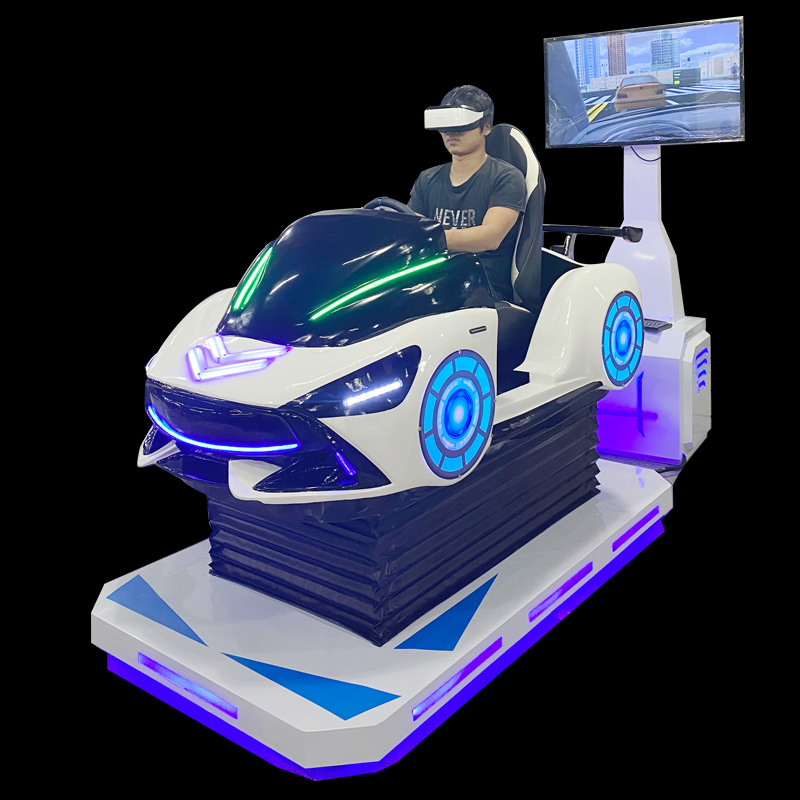
Features and Immersive Experience
VR Racing Car Simulators offer several features to enhance the immersive experience:
Realistic Graphics: High-quality graphics and visual effects create a lifelike racing environment, with detailed tracks, scenery, and cars.
Surround Sound: The simulators provide surround sound systems that reproduce engine roars, screeching tires, and other audio effects, adding to the realism.
Force Feedback: The steering wheel and pedals provide force feedback, simulating the resistance and vibrations experienced while driving a real car. This allows users to feel the road surface, traction, and the response of the vehicle.
Multiplayer Capabilities: Many VR Racing Car Simulators offer multiplayer modes, allowing users to compete against friends or online players, further enhancing the excitement and competitiveness of virtual racing.
Benefits of VR Racing Car Simulators
VR Racing Car Simulators offer several advantages for racing enthusiasts:
Realistic Experience: With VR technology, users can experience the adrenaline and excitement of racing in a virtual environment that closely resembles the real thing.
Accessibility: VR Racing Car Simulators make racing experiences accessible to a wider audience. Users can enjoy the thrill of racing without the need for a real car, racetrack, or expensive equipment.
Safety and Convenience: VR Racing Car Simulators provide a safe and controlled environment for racing. Users can enjoy the experience from the comfort of their homes or gaming centers, eliminating the risks associated with real racing.
Skill Development: VR Racing Car Simulators can help improve racing skills, as users can practice and refine their techniques without the limitations and costs of real-world racing.
Popular VR Racing Car Simulator Games
Several popular VR racing car simulator games are available, offering a variety of tracks, cars, and gameplay modes. Some notable titles include:
Project CARS 2: A highly realistic racing simulator with a wide range of cars, tracks, and weather conditions.
Explore more:Can You Sit in An Inflatable T Rex Costume?What is the Best Angle for a Water Slide?The Ultimate Guide to Selecting the Perfect Camping Folding ChairHow to Waterproof a Cotton Canvas Tent Like a Pro?What are the advantages of buying a Heated Shawl for Arthritis?What is the purpose of the electric blanket?Are exercise bikes worth getting?Assetto Corsa: Known for its accurate physics and extensive modding capabilities, this simulator offers a realistic racing experience.
Gran Turismo Sport: A popular racing game series known for its detailed graphics, wide car selection, and competitive online multiplayer.
Dirt Rally: A rally racing simulator that provides an intense off-road racing experience, featuring various challenging terrains and weather conditions.
Setting Up a VR Racing Car Simulator at Home
To set up a VR Racing Car Simulator at home, you will need the following:
A VR headset compatible with your gaming platform (PC, PlayStation, or Xbox).
A racing seat or a sturdy chair that can accommodate a steering wheel and pedal set.
A steering wheel and pedal set designed for racing simulations.
A powerful gaming PC or gaming console capable of running VR games smoothly.
A suitable space in your home dedicated to the simulator setup, allowing enough room for comfortable gameplay and movement.
VR racing car simulator game(s) of your choice, compatible with your gaming platform and VR headset.
Ensure you follow the manufacturer's instructions and guidelines for setting up and configuring your VR Racing Car Simulator components.
Conclusion
VR Racing Car Simulators offer an exhilarating and immersive experience, allowing racing enthusiasts to enjoy the thrill of high-speed competition from the comfort of their homes or gaming centers. With realistic graphics, motion simulation, and accurate controls, these simulators provide a close approximation of real-world racing. Whether you are a casual gamer or a dedicated racing enthusiast, a VR Racing Car Simulator can take your racing experience to a whole new level of excitement and realism.
Frequently Asked Questions (FAQs)
Q1: Can I use a VR Racing Car Simulator without a VR headset?
No, a VR Racing Car Simulator relies on a VR headset to create an immersive visual experience. The headset is essential for the 360-degree view and the feeling of being inside a virtual racing car.
Q2: Can I use a VR Racing Car Simulator with any gaming platform?
VR Racing Car Simulators are compatible with specific gaming platforms. Make sure to check the compatibility of the VR headset, steering wheel, and pedals with your chosen gaming platform (PC, PlayStation, or Xbox).
Q3: Are VR Racing Car Simulators suitable for children?
VR Racing Car Simulators can be enjoyed by individuals of various ages; however, it is important to consider the recommended age ratings of the games and the physical requirements for handling the controls.
Q4: How much space do I need for a VR Racing Car Simulator setup?
The required space may vary depending on the specific components and the user's comfort. It is recommended to have enough space to comfortably accommodate the racing seat, steering wheel, and pedals, allowing for free movement during gameplay.
Q5: Can I use a VR Racing Car Simulator for professional training purposes?
While VR Racing Car Simulators can help improve racing skills, they may not provide the exact replication of real-world racing conditions. Professional racing training should involve a combination of simulator practice and real-world experience under professional guidance.
Explore more:Factors to Consider When Choosing the Perfect Car AwningThe Ultimate Guide to Choosing Heated Blanket ShawlsWhich Heated Shawl for Camping Offers the Best Value?How to Classify the Types of Realistic Walking Dinosaur Costume?How do animatronic dinosaurs work?What type of heating pads do physical therapists use?How Does KunSheng Enhance B2B Purchase Decisions?




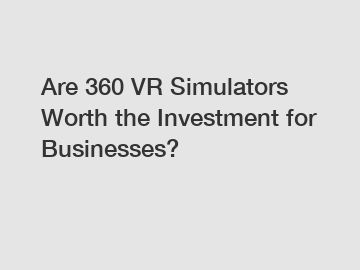



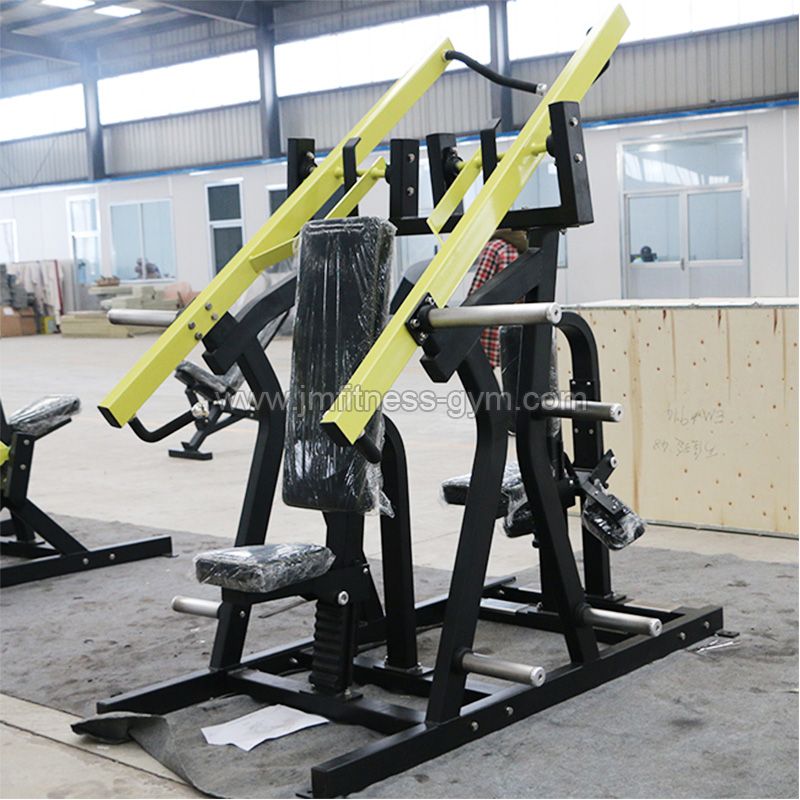
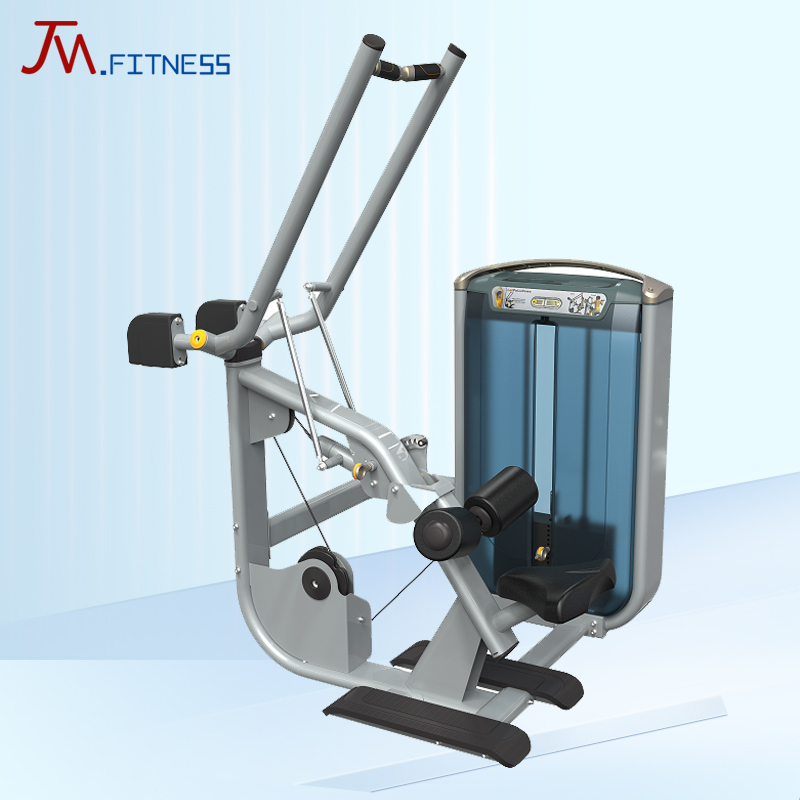
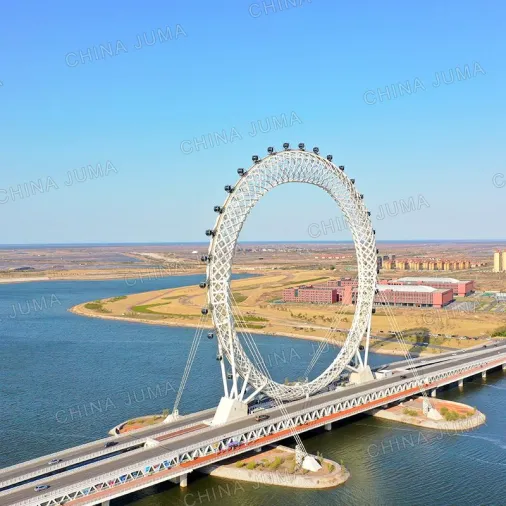
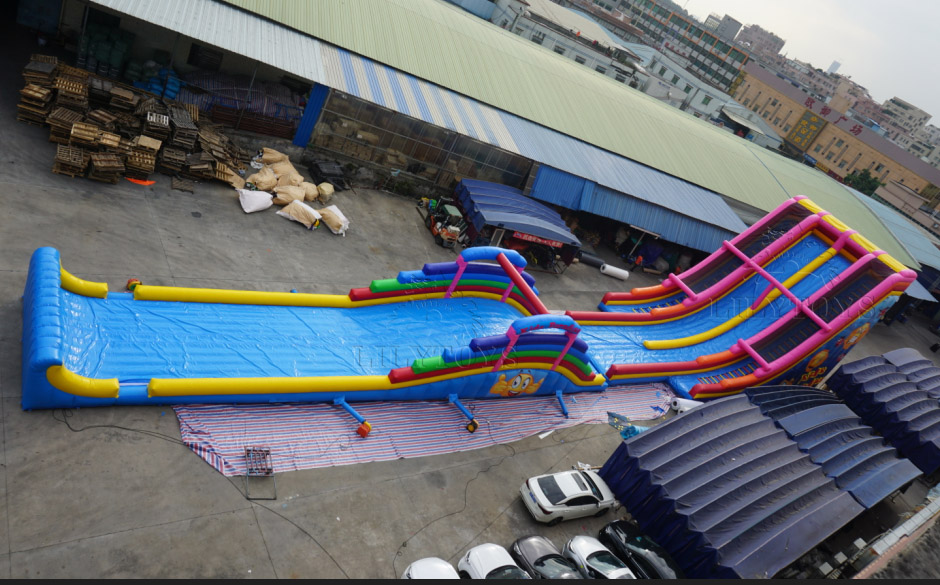
Comments
Please Join Us to post.
0